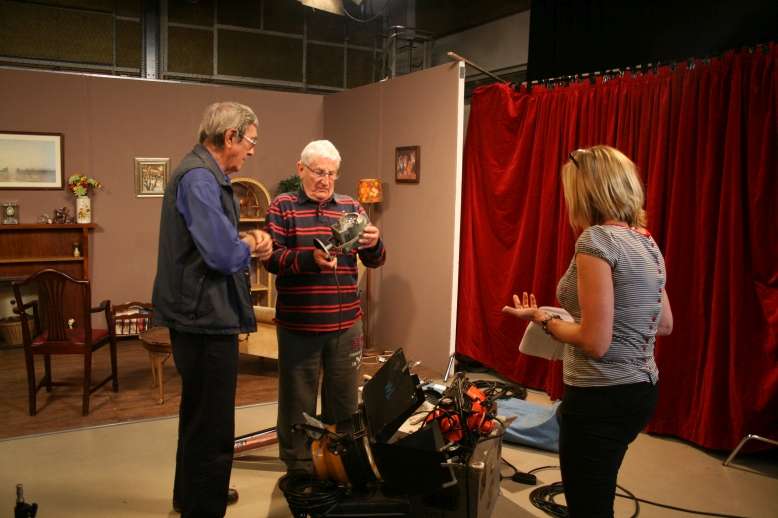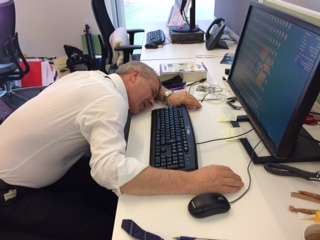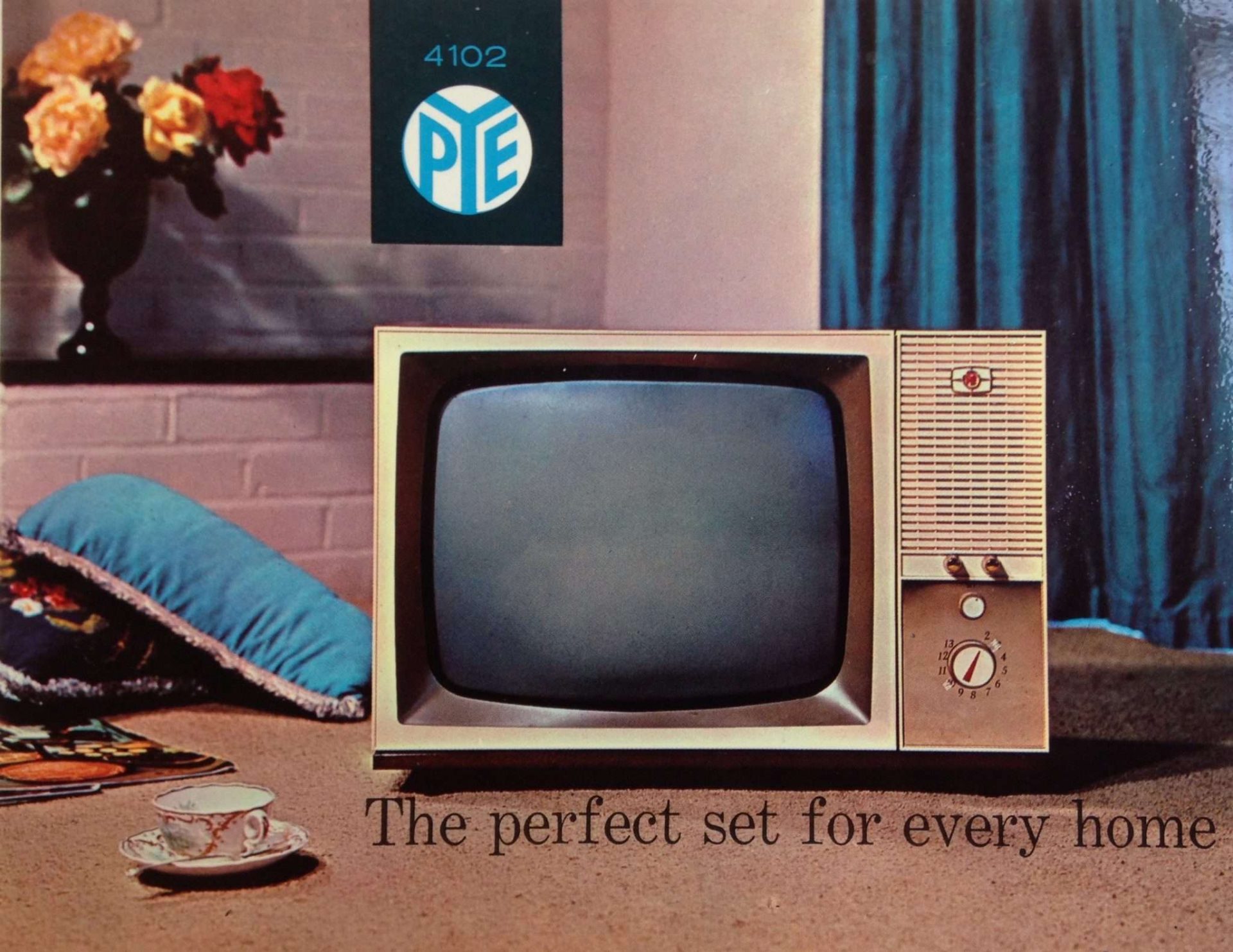
The medium of television is responsible for a huge accumulation of redundant objects: old TV sets and VTRs (and the tables to put them on), superseded production equipment and software, videotape and film that is no longer useable. This raises various questions, from practical to historiographical and methodological ones. What are we to do with this accumulation of objects, many of which are not easily recycled?







